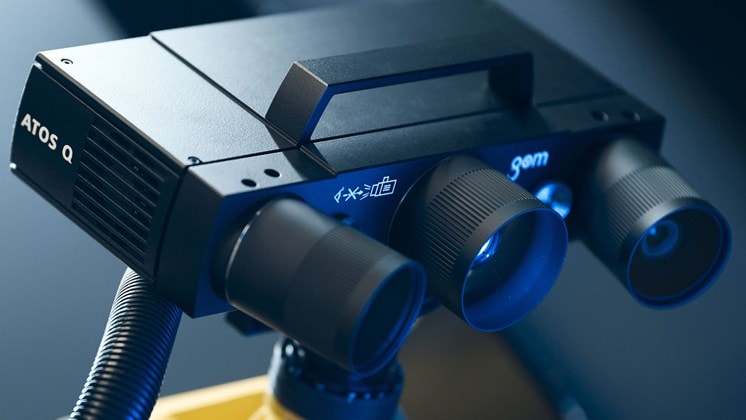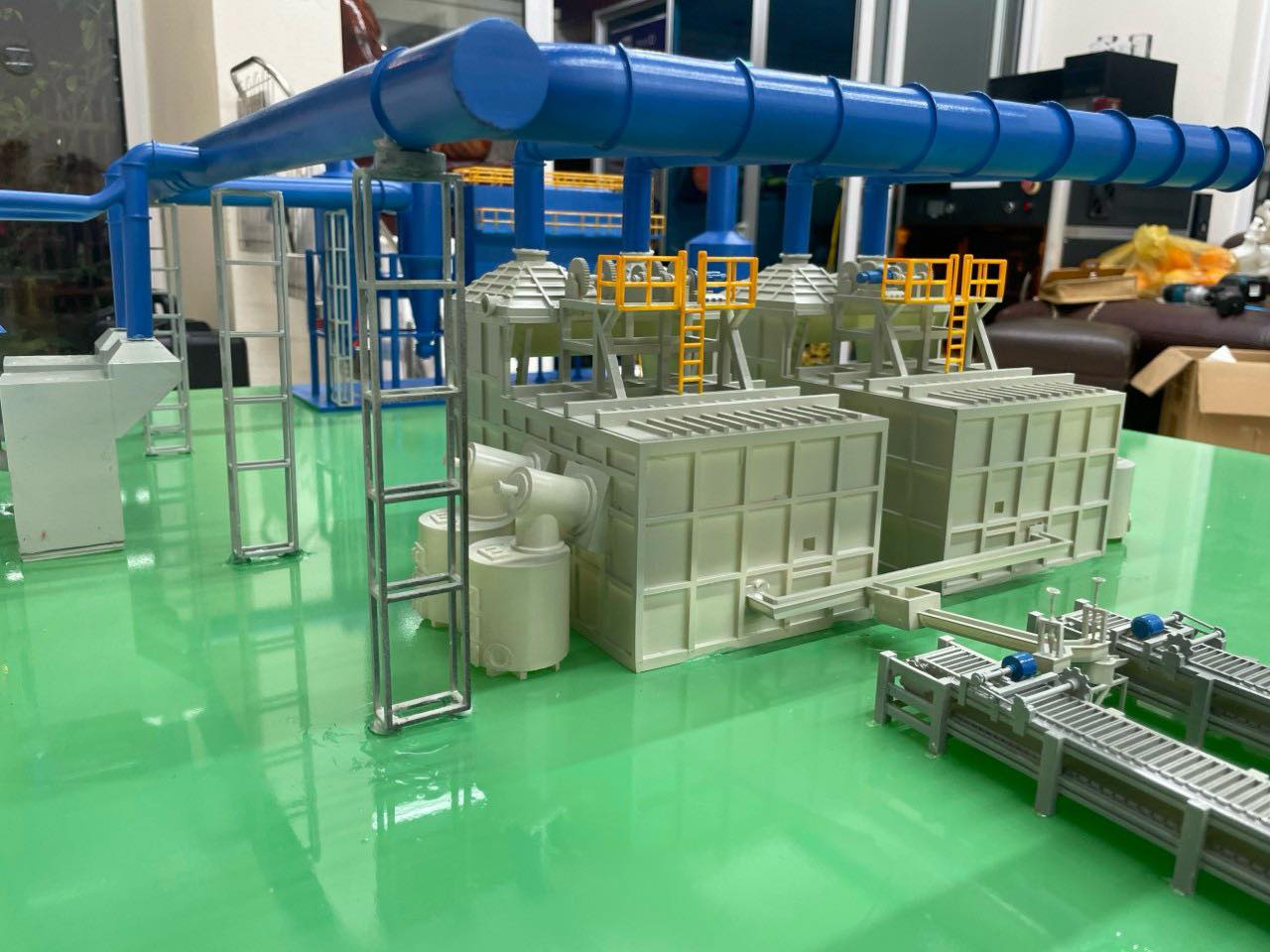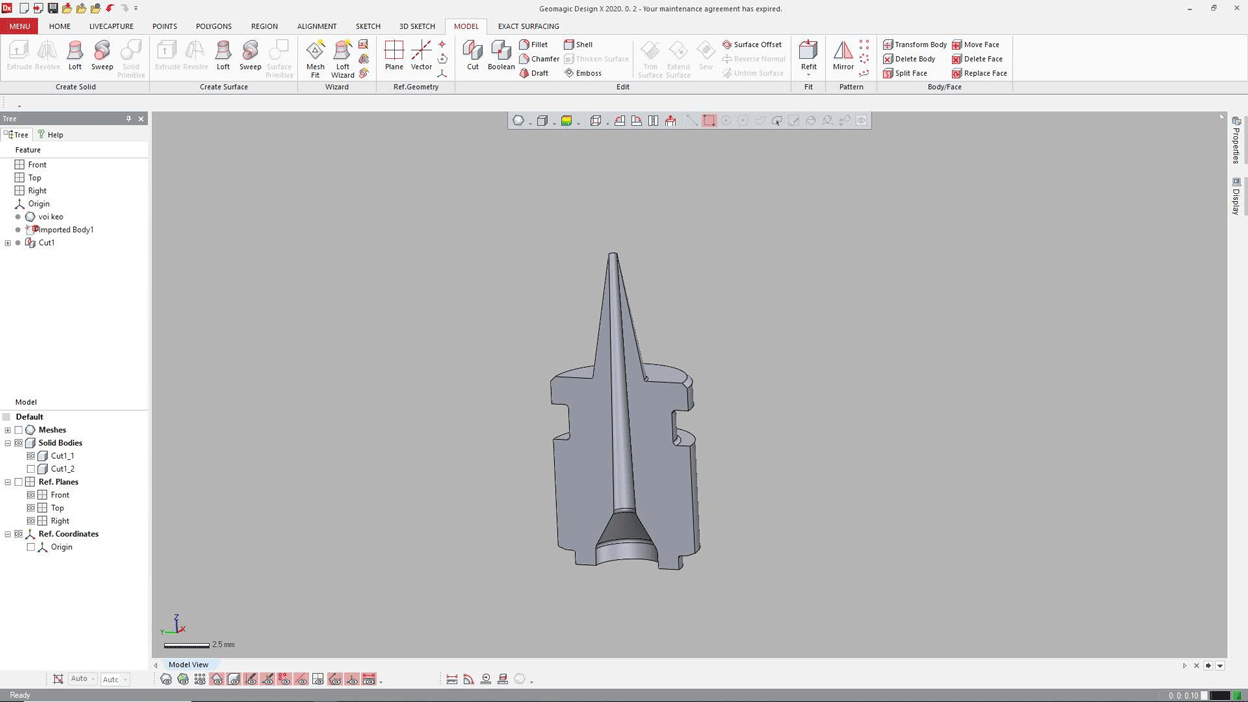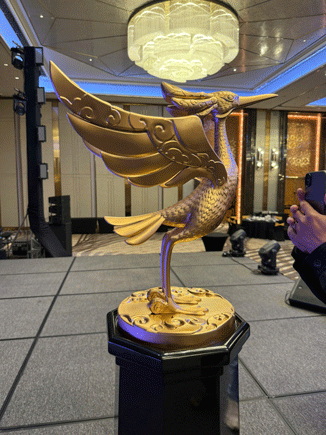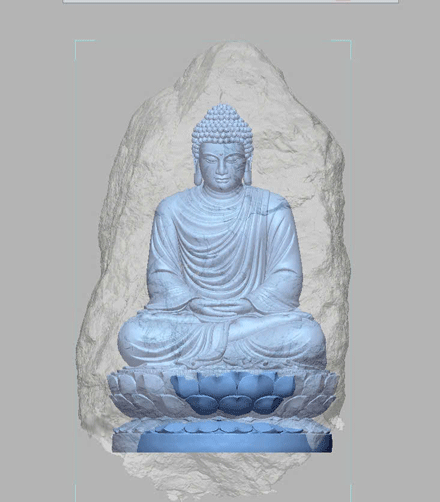Technology development creates a strong driving force for the application and modernization of all areas of life. Museum digitization is an inevitable trend of museums around the world when in the context of a complicated epidemic, direct access to information and artifacts is difficult, digital museums will help the public easily access and visit on the internet. Digitization is also a way to preserve and display artifacts well for the future, in a multidimensional expansion of space. Our country currently has 147 museums, of which 36 are museums of ministries, 83 museums in provinces and cities and 4 museums managed by the Ministry of Culture, Sports and Tourism. In recent times, after applying science and technology to preserve and promote the values of cultural heritage in general and museum artifacts in particular, some museums have created new opportunities in attracting and attracting a large number of people to enjoy long-standing historical and cultural values. At the same time, it is also a method to preserve the best current state of national heritage and treasures.
Located in the system of national museums of Vietnam, under the Ministry of Culture, Sports and Tourism, the Vietnam Fine Arts Museum is considered one of the museums with the most important position in preserving and promoting the cultural and artistic heritage of the Vietnamese ethnic community. The Vietnam Fine Arts Museum has collected and preserved a volume of nearly 20,000 valuable artifacts and works of art, reflecting the basic development history of Vietnamese Fine Arts, an ancient, rich, diverse and imbued with national identity. In particular, the collection of generations of Indochina Fine Arts painters has an important position, marking a brilliant development period of Vietnamese Fine Arts.
Among the artifacts currently stored at the Museum, the Statue of Bodhisattva Guanyin of Hoi Ha Pagoda – One of the National Treasures is the most notable. On December 30, 2013, the Statue of Bodhisattva Guanyin of Hoi Ha Pagoda, an artifact belonging to the Vietnam Fine Arts Museum, was recognized as a National Treasure by the Prime Minister. The statue is 315 cm high and weighs about 3 tons. This is one of the largest and most beautiful wooden statues of Bodhisattva Guanyin of the Dieu Thien Quanyin statue type in the 16th century art style.
The Statue of Bodhisattva Guanyin of Hoi Ha Pagoda is one of the earliest wooden statues in the art style still preserved. The statue is assembled from many large and small pieces of wood using the art of creating wood at the peak of the wood craft.
The form of the statue is the Buddha Guanyin with many arms sitting on a lotus throne supported by a demon on the “South China Sea”. On both sides are Thien Tai Dong Tu and Long Nu following – a familiar image in the art of creating wooden statues of Quan Am Dieu Thien (Nam Hai) in Vietnamese pagodas in the 16th – 17th – 18th centuries. The Quan Am statue of Hoi Ha pagoda was created by unique plastic art. The overall statue is majestic while still maintaining the sophistication and meticulousness in every detail. There is a unity in the style of creating the statue from the beginning, which has increased the artistic and historical value of the statue, making it a national treasure.
The digitization work was carried out by Scantech Vietnam Joint Stock Company using the 3D scanning method. Using the Eva 3D scanner from Artec (Europe). The digitization process was carried out quickly, the data obtained included realistic details and vivid colors.
Host unit: R-MIT University Hanoi.
Implementing unit: Scantech Vietnam Joint Stock Company.
Using 3D Eva scanner from Artec (Europe).
Buddha statue information: 2.5m x 1.5m x 1.5m
Scanning time: 30 minutes (excluding data processing time.
3D scan file captures color texture, realistic shape of the scanned object.
24/7 customer support, please contact:
 Website: https://scantechvn.com/
Website: https://scantechvn.com/
 Facebook: https://www.facebook.com/scantechvn
Facebook: https://www.facebook.com/scantechvn
 Linkedin: https://www.linkedin.com/company/scantech-viet-nam-jsc/
Linkedin: https://www.linkedin.com/company/scantech-viet-nam-jsc/
OTHER NEWS
